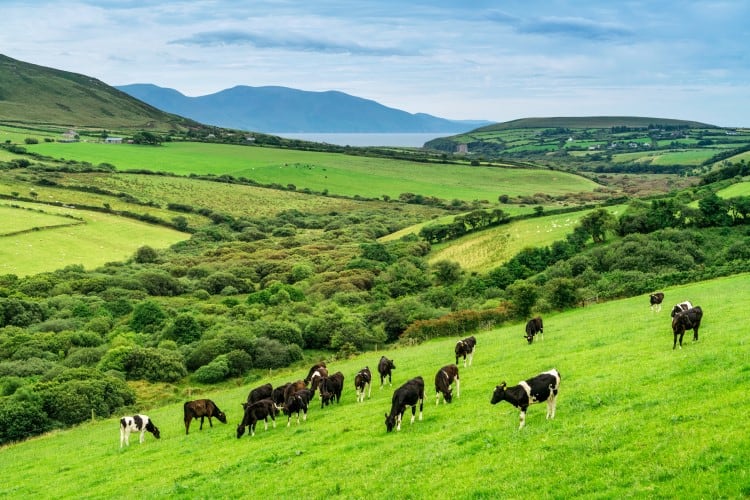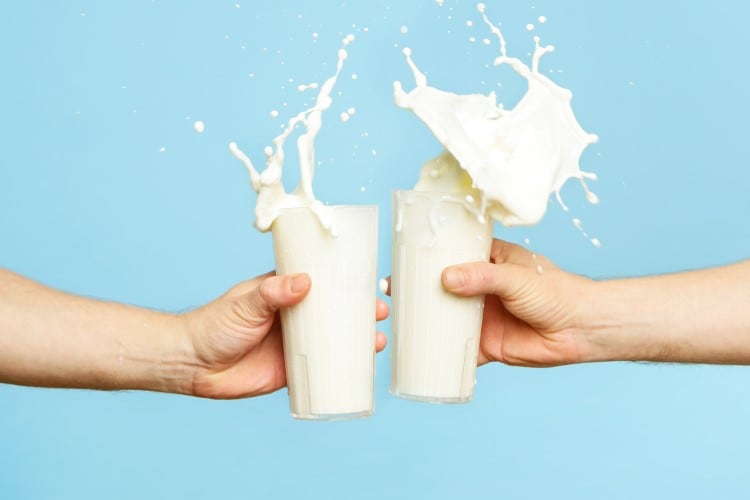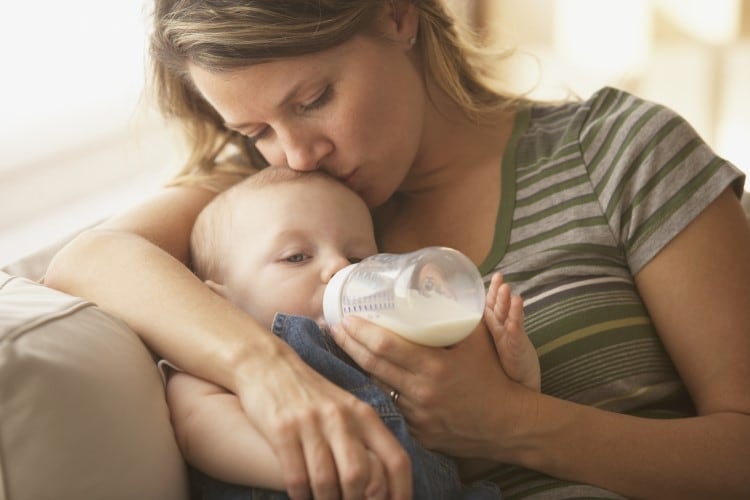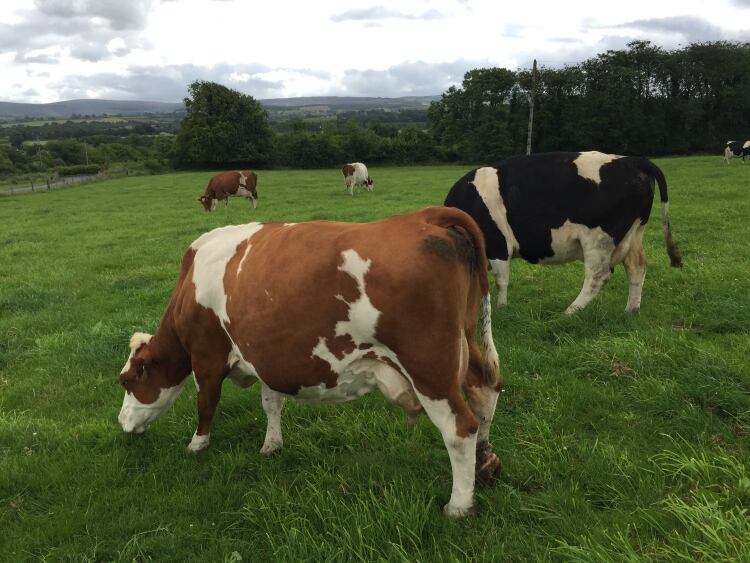The plans form part of a wider consultation into how the country’s farming emissions – which make up around 40% of all of Ireland’s emissions – could be reduced to meet the country’s overall target of 51% emissions reduction by 2030.
To come up with ways of reducing GHG emissions from dairy, Ireland’s agriculture minister set up the Food Vision Dairy Group, which is made up of farming and industry organizations and last year published a report that included five key actions – a voluntary exit scheme, breeding low methane-emitting cows, introduction of feed additives such as 3NOP, replacement of nitrogen fertilizer with urea-based one, and nitrogen reductions.
According to the Irish Cattle Breeding Federation, Ireland’s dairy herd has increased by 40% between 2012 and 2022, from 1.144m to 1.603m head, or 459m additional cows. Meanwhile, beef cattle numbers have fallen by 17%, from 1.132m to around 937,000 head in 2022.
Both sectors are important for the economy, but dairy is the country’s biggest native industry and brings in markedly more to the coffers – in 2022, the sector generated close to €7bn from exports alone, more than three times what beef (€2.5bn) brought in. According to a 2021 Ernst & Young study commissioned by Dairy Industry Ireland, Irish dairy generated €13.1bn in the state in 2020.
But the government wants to see ag emissions slashed by 25% by 2030 if the Ireland’s net-zero 2050 commitment is to be fulfilled. A key part of that is tackling emissions from cattle, such as enteric methane, and nitrous oxide from fertilized soils and manure.
One proposal that has rattled the industry – and which the state claimed to be a ‘last-resort’ option – suggests as many as 180,000 dairy cows could be slaughtered, with farmers who opt into the voluntary scheme receiving €5,000 per head in compensation.
This is an improvement on an earlier proposal for a 30% reduction in Irish cattle, which would have meant culling over 500,000 cows, but it’s still viewed as excessive by the sector - as is the nitrates derogation maximum limit.
Irish Creamery Milk Suppliers Association president Pat McCormack has said that reducing the maximum stocking rate to 220kg/N/ha under the nitrates derogation (down from 250kg/N/ha from 2024) would put family farms at risk. “The minister and his department created this potential timebomb for family farms and it is up to them to resolve it and remove a requirement that is not backed up by science,” McCormack said, adding that the measure would ‘wipe out’ family dairies whilst having ‘little to no impact’ on water quality. “We are either going with the science on this or we are not. The 220kg requirement should be dropped given that it is not backed up by science. The debate in relation to one map or the other is almost a diversionary tactic. The real issue is that the 220kg proposal will be disastrous for a family farm above this level…and it needs to be removed.”
Culling the herd has been described as a ‘last resort’ option, however, with industry stakeholders mulling over nine measures designed to reduce the number of dairy cows in Ireland, all part of a so-called dairy exit scheme.
These measures include voluntarily destocking for a contract period; commitment to a specific reduction number at commencement of a contract; provision of an annual payment per breeding ruminants in line with stated and verified reductions; ban on calving; ban on transferring the holding linked to the herd during the contract or for the transferee to start a breeding ruminant enterprise on that same holding.
In its formal submission to the Food Vision Dairy Group, co-operative rep body the Irish Co-operative Organisation Society (ICOS) has expressed strong reservations to the introduction of the scheme and fears ‘undesirable consequences for the dairy sector at farm and processing level’.
Niall Matthews, chair of the ICOS Dairy Committee, stated: “ICOS does not believe that the proposed scheme will contribute to a viable and sustainable dairy industry into the future. The dairy industry must be allowed to increase productivity at an organic and reasonable growth rate, so as to support existing family farms and generational renewal. The reduction in emissions can be achieved by adopting science-based measures on farm, and by supporting the adoption of new technologies.”
ICOS is campaigning for gradual growth by milk suppliers and for assurances that such measures would not impact milk volumes. The body also wants lands to be transferrable. “ICOS is warning the government that the introduction of a policy that will reduce milk supply could have very serious economic implications for processing co-ops,” Matthews continued. “The dairy sector has already transitioned from a period of expansion to moderate growth. It is essential that milk processing plants are utilized as efficiently as possible due to our seasonal grass-based production model. We cannot support a policy that could reduce milk supply with consequences for the investment made in dairy processing by farmers and their co-ops.”
The Irish Farmers’ Association has warned the scheme would ‘immediately restrict the growth of dairy farms [that] do not take up the scheme’ and ‘outrightly rejects the introduction of any herd reduction scheme on this premise for dairy cows’.
Dairy Industry Ireland (DII), which represents processors, has also refused to back the scheme over lack of clarity and detail and concerns that GHG reductions in Ireland could lead to increase in ag emissions elsewhere. DII has also backed a succession scheme, which would reward retiring farmers while encouraging a new generation of farmers to enter the frame.
This sentiment was shared by voluntary rural youth representative organization Macra, whose president Elaine Houlihan said she was ‘astounded’ that Ireland was looking to reduce its dairy herd while Brazil was planning to increase to its herd by 30 million head by 2030. “The emissions all go into the same atmosphere, with the difference that Ireland is not cutting down a rain forest to meet the global demand for the products that we produce,” she argued.
Instead of an exit scheme, Macra is campaigning for an on-farm succession scheme that would allow older generation of farmers to step back while supporting younger farms to take up the trade – and introduce more environmentally-friendly farming measures.
The body’s proposed scheme would financially reward the landowner stepping back from farming while incentivizing the successor to implement all applicable environmental measures to reduce the carbon footprint of the farm.




